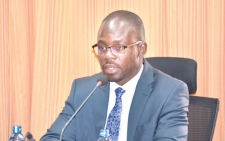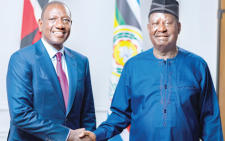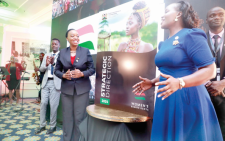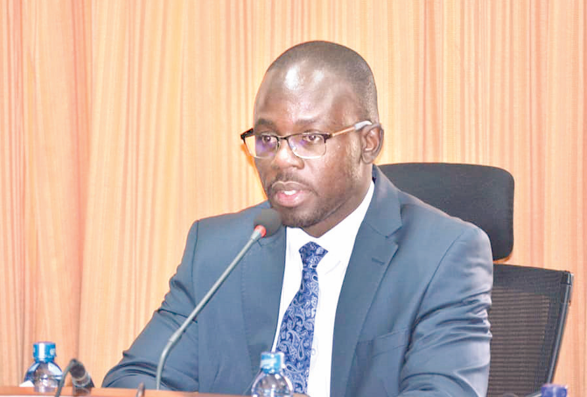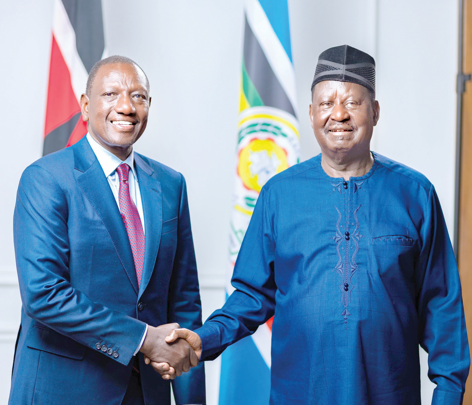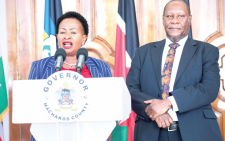Kenya’s conference business has fallen third place, behind Rwanda and South Africa, in attracting international business events, due to lack of an active national marketing bureau.
This drop means Kenya continues to miss out on lucrative multi-million shilling international conferences and business events, which are crucial for economic growth and global visibility.
The global MICE market size was valued at $904.30 billion (Sh116.7 trillion) in 2023 and is projected to grow from $970.76 billion (Sh125 trillion) in 2024 to $1,932.73 billion by 2032, exhibiting a CAGR of 8.99 per cent during the forecast period.
At a recent Meetings, Incentives, Conferences, and Events (MICE) in Nairobi, a stakeholder workshop revealed that, lack of a centralised body to streamline marketing efforts and coordinate with international event organisers, is making Kenya struggle against more organised markets like Rwanda and South Africa.
This has led to fewer opportunities for local businesses, reduced tourism revenue, and slower infrastructure development tailored to the MICE sector. James Mwaura, CEO of Kenyatta International Convention Centre (KICC), said efforts are underway to operationalise the bureau to unlock the MICE sector’s full potential.
“The entire essence is to have a government entity that includes representation from both the public and private sectors in bidding for destination Kenya,” he said.
Mwaura noted that the Kenya National Convention Bureau (KNCB), established in 2019, remains dormant. Despite attempts to operationalise it, the bureau has yet to become fully functional.
An office exists with operational structures and the necessary registration to support it. In 2019, the MICE sector contributed about $1.05 billion (around Sh115 billion) to the economy and accounted for 8.8 per cent of Kenya’s Gross Domestic Product (GDP).
Tourism targets
With a robust MICE sector, Kenya could significantly enhance its tourism targets, aiming for 5 million international arrivals and generating Sh824 billion in revenue by 2027.
MICE tourists typically spend more than leisure travellers, with average daily expenditures often exceeding $300 (about Sh43,200), boosting local businesses and creating jobs across various sectors.
The government plans to host at least 10 regional and international conventions annually to leverage this potential further.
There are ongoing discussions with the Tourism and Wildlife to bring the bureau into operation. The lack of an active convention bureau has led to disharmony between public sector venues and private sector venues, as each scrambles for business in isolation.
“KICC almost operates as a National Convention Bureau because it handles the bidding and serves as the venue. However, the ideal situation would be to have a neutral entity responsible exclusively for bidding for events for destination Kenya, while the other venues play a complementary role,” Mwaura said.
The meeting aimed to restore harmony within the MICE business, emphasising collaboration between the public and private sectors.
Despite KICC’s current role in both bidding and venue operations, stakeholders advocated for a neutral entity dedicated solely to promoting Kenya as a MICE destination.



